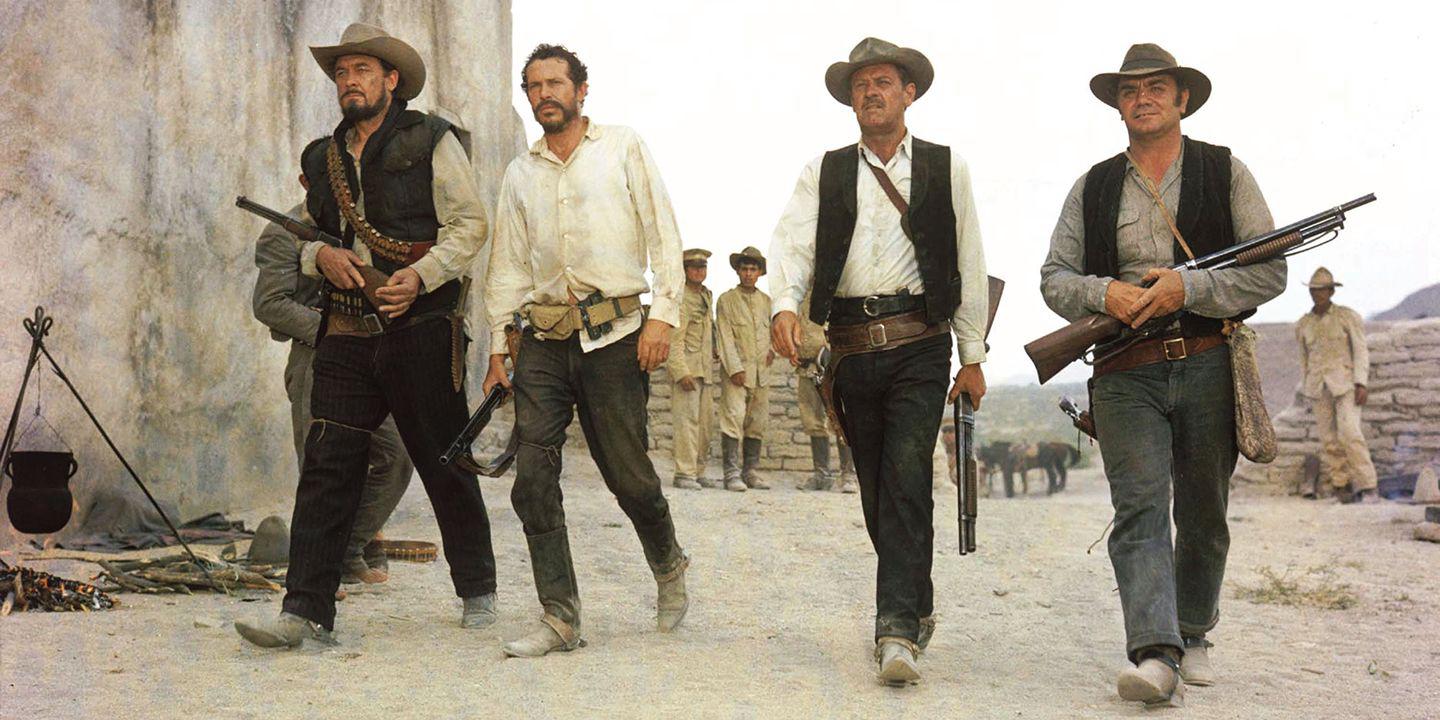UNLIMITED
50 Years of 'The Wild Bunch'

W.K. Stratton was 13 when The Wild Bunch was released in 1969. In that pre-internet time, movie theaters were a prime option for escape, and in director Sam Peckinpah's radical Western Stratton was transported to a landscape of "agony and dirt...The way the violence was portrayed really got my attention," says the author of The Wild Bunch: Sam Peckinpah, a Revolution in Hollywood, and the Making of a Legendary Film (Bloomsbury).
Visceral, bone-crunching brutality is so common now that it's hard to fathom the effect The Wild Bunch had on its first audiences. The film was polarizing—equally reviled (a few early viewers reportedly left the theater to throw up) and celebrated. Many in a new generation of filmmakers, including George Lucas and Martin Scorsese, were thrilled by it. Kathryn Bigelow, who would go on to direct the Oscar-winning The Hurt Locker, described its effect as a paradigm shift: "It took all my semiotic Lacanian deconstructivist saturation and torqued it." Quentin Tarantino has called the final shoot-out "a masterpiece beyond compare."
Peckinpah's innovative quick-cut editing (of a staggering 330,000 feet of film) and his use of slow motion introduced a new vocabulary to violence, with that final sequence a near ballet of bullets and blood. And though Sergio Leone had introduced what's come to be called the dirty Western in 1964—with starring Clint Eastwood—Peckinpah's Oscar-winning screenplay (written with Walon Green and Roy N. Sickner) added existential layers: the angst of encroaching corporate America (via the railroads) and the ultimate meaninglessness of the lives of the film's central outlaws: Pike Bishop (William Holden), Dutch Engstrom (Ernest Borgnine), Deke Thornton (Robert
You’re reading a preview, subscribe to read more.
Start your free 30 days

